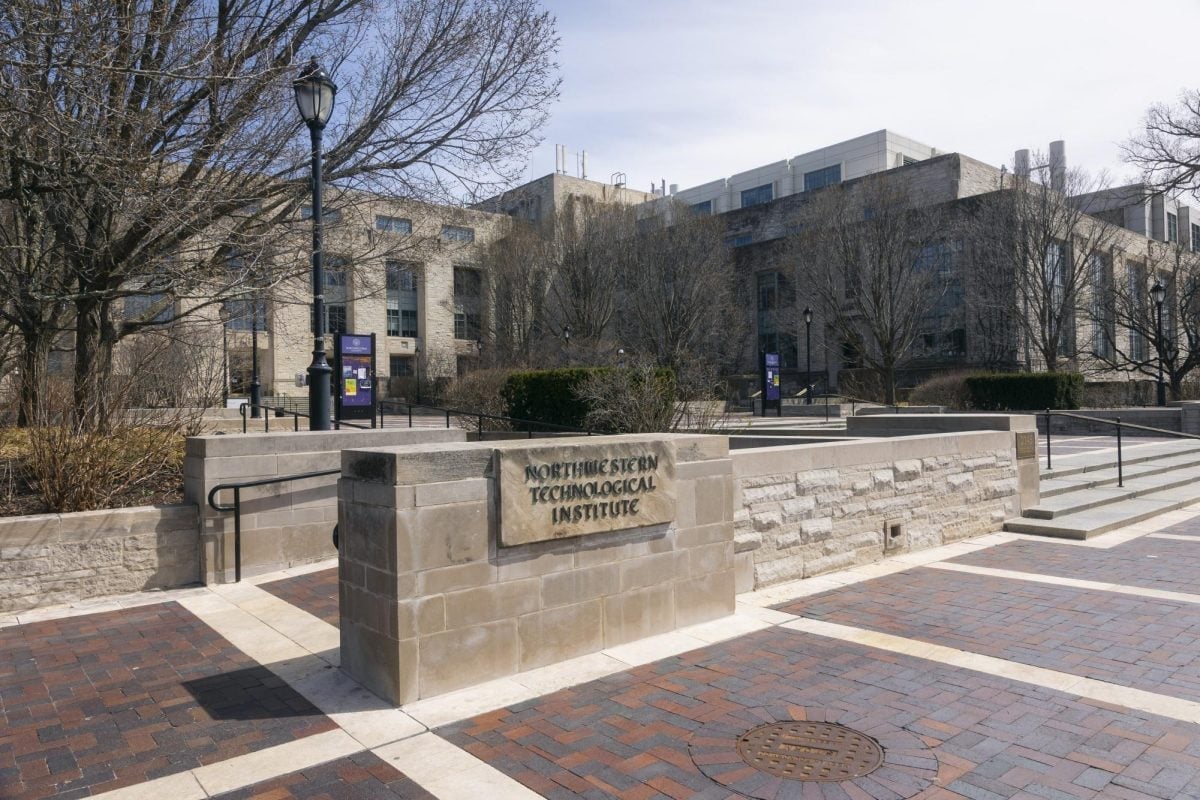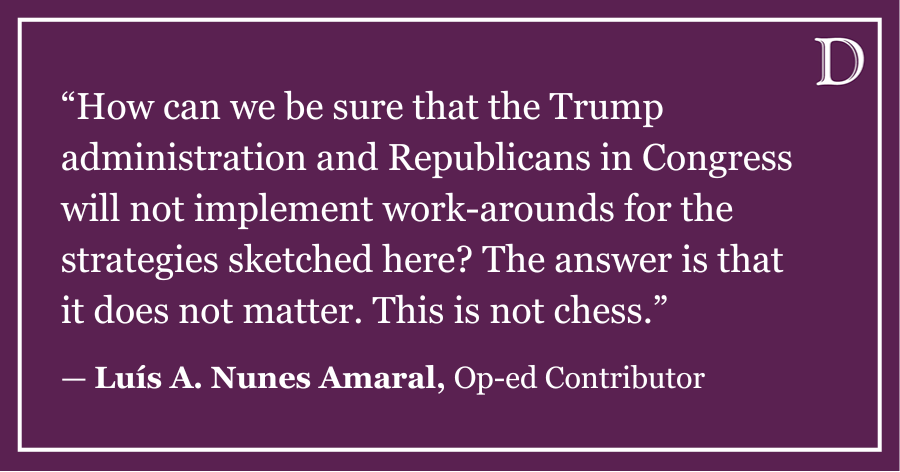Since raising more than $1 billion in research funding in the 2023 fiscal year, Northwestern researchers continue to produce findings in a range of studies. The Daily compiled a summary of NU’s latest research findings from the beginning of May.
A sugar-based catalyst that removes carbon dioxide
NU researchers recently discovered a new catalyst that has the ability to remove carbon dioxide gas from the air, the University announced May 2.
The catalyst, made up of an inexpensive, abundant metal and table sugar, converts carbon dioxide into carbon monoxide, which can then be used in the production of multiple chemicals.
While carbon capture technology has made advancements, the question of what to do with the captured supply lingers. The finding adds to a developing carbon capture field, which could help address global climate change and rising carbon emissions, according to a University news release.
“Even if we stopped emitting (carbon dioxide) now, our atmosphere would still have a surplus of (carbon dioxide) as a result of industrial activities from the past centuries,” study co-leader and NU postdoctoral researcher Milad Khoshooei said in the release.
The catalyst’s success lies in the use of molybdenum carbide, a rough, durable ceramic material.
However, molybdenum has to be converted into molybdenum carbide through a carbon source. The researchers stumbled upon an unexpected solution: standard sugar from their households.
“Every day that I tried to synthesize these materials, I would bring sugar to the lab from my home,” Khoshooei said in the release. “When compared to other classes of materials commonly used for catalysts, ours is incredibly inexpensive.”
The journal Science published the scientists’ findings on May 3.
Earthquake-predicting hazard maps lack efficacy
Though commonly used to predict earthquake shakings, hazard maps often leave seismologists unable to determine how accurate those forecasts are.
A group of NU researchers surveyed earthquake hazard maps from five countries and compared them with data from previous incidents. They discovered that all the maps overpredicted earthquakes’ shaking intensities, the study’s lead author, geophysicist Leah Salditch (Weinberg ‘22), said in a May 3 release.
The scientists eventually realized that the issue could be traced back to the conversion equations applied to compare the hazard maps with shaking data.
“We started this project 10 years ago and thought there might be serious problems with the hazard maps,” co-author and earth and planetary sciences Prof. Seth Stein said. “Now it looks like there’s no fundamental problem with them. Because the basic method looks sound, we can expect these maps to be fairly good and get better as we learn more.”
The journal Science Advances published the group’s findings on May 1.
Email: jerrywu2027@u.northwestern.edu
X: @Jerrwu
Related Stories:
— Research Roundup: NU researchers analyze lunar soil, unravel fates of stars near black hole
— Research Roundup: NU researchers pioneer studies in Crohn’s, bladder function
— Northwestern researchers develop therapy to prevent allergic reactions



















